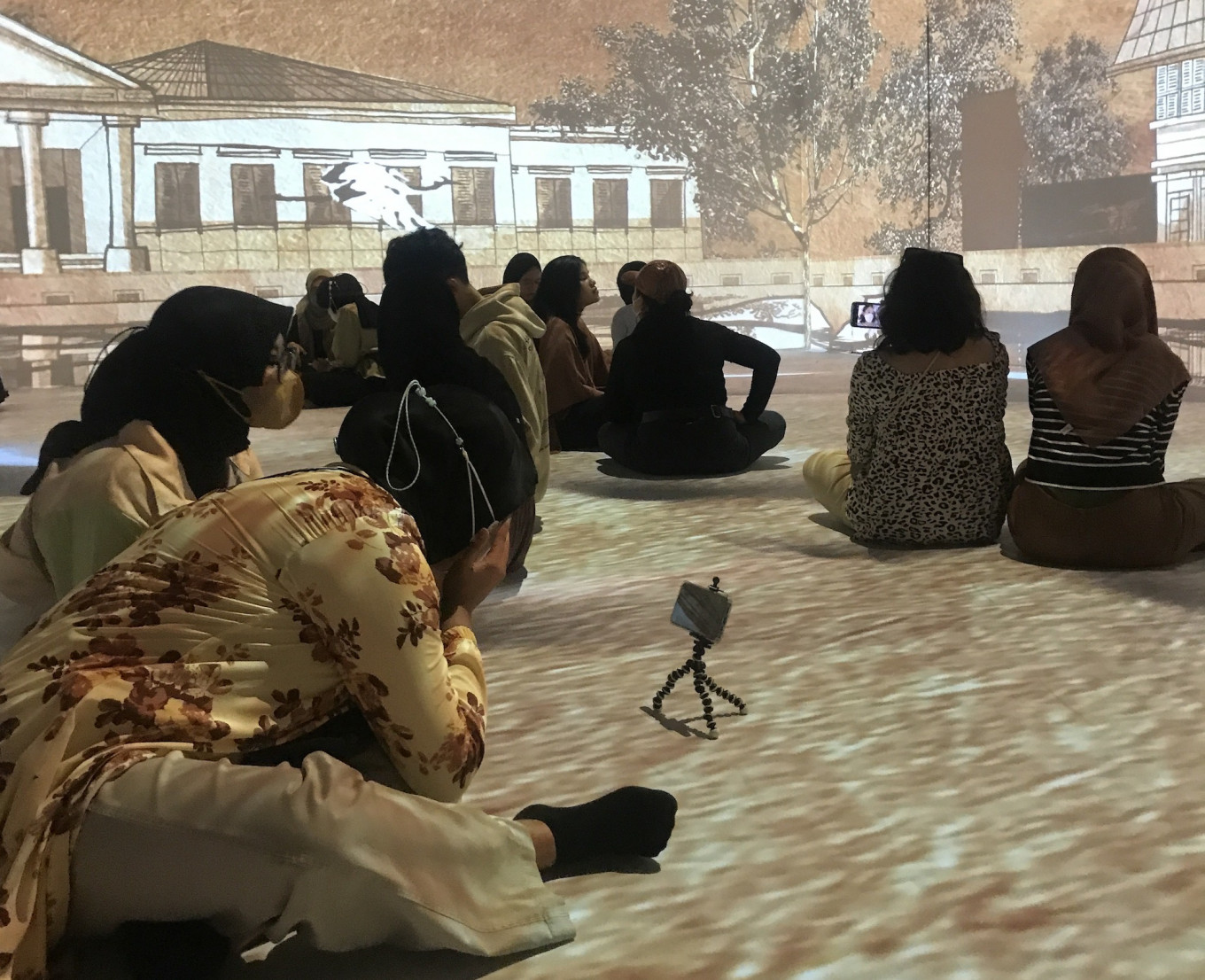Popular Reads
Top Results
Can't find what you're looking for?
View all search resultsPopular Reads
Top Results
Can't find what you're looking for?
View all search resultsPreserving our museums
That an important building like the National Museum could catch fire due to an electrical malfunction does not inspire confidence at all.
Change text size
Gift Premium Articles
to Anyone
T
here is an excuse that is often invoked to justify the refusal by Western museums to return cultural artifacts looted from their former colonies. They claim that post-colonial countries do not have the commitment or resources to preserve their historical treasures.
They insist that this matters. If those countries do not really want the items and do not have the capacity to preserve them, then why return them? We know that is empty rhetoric used by the colonizing countries to keep the looted or stolen artifacts in their own museums. That said, it serves as a reminder for the nations of the Global South that it takes more than just rhetoric on their part to preserve their own heritage.
The recent fire at the National Museum in Jakarta has raised concerns about our capacity, and also our commitment, to protecting our museums. Widely known as the “Elephant” museum, it is the largest museum not only in Indonesia but also in Southeast Asia, covering an area of 26,500 square meters. Established during the Dutch rule in Indonesia, it holds approximately 141,000 objects, including prehistoric artifacts, stone sculptures, ceramic artifacts and numismatic and geological collections.
The blaze ravaged six rooms within the museum’s Building A, which houses the ImersifA interactive exhibition, a video-mapping exhibit that covers various eras of Indonesian history, from prehistory to the 1945 Independence movement. The ground floor of the building was being used to store construction materials for an ongoing renovation project. The fire, accelerated by strong winds, made its way to the upper floors of the building, causing parts of the roof and walls to collapse.
Most of the artifacts affected by the fire were replicas, officials say. We may heave a sigh of relief knowing that the damage was relatively limited, but next time we may not be that lucky. It is thus imperative that any investigation into the incident must be thorough.
Education, Culture, Research and Technology Minister Nadiem Makarim has rightly instructed the museum’s authorities to form a joint investigation team including the police and the fire department. The team has been tasked with confirming the cause of the fire (believed to be an electrical malfunction), along with making an inventory of which artifacts have been damaged or lost, and which are still salvageable.
Electrical malfunctions are often cited as the cause of fires in this country. That being the case, we have to admit that there is a serious problem with fire-safety protocols in public spaces.
That a building like the museum could catch fire due to an electrical malfunction does not inspire confidence at all. The authorities should have taken clear and strict measures to prevent such an incident from happening in the first place.
We have a treasure trove of pre-historical and historical artifacts that need to be protected from the slightest destructive element, let alone fires. We demand better safety management from the caretakers of our historical and cultural heritage.
In July, the Netherlands said it would return hundreds of colonial-era artifacts that were illegally acquired by the Dutch colonial government from Indonesia. The items include the so-called "Lombok treasure" of hundreds of golden and silver objects, looted by the Dutch colonial army after capturing the Cakranegara palace on Lombok Island in 1894, according to AFP. It also includes a bronze cannon decorated with silver and gold and precious gems including rubies.
The Dutch government had earlier returned 1,500 historical artifacts that used to be housed at the Netherland’s Nusantara Museum to Indonesia. The museum was the only museum in the Netherlands dedicated specifically to art and cultural objects from Indonesia and it closed its doors in 2013 due to financial difficulties. It had initially offered to hand over around 12,000 artifacts to Indonesia, but the culture director-general opted to accept only a selection of 1,500 objects, Tempo reported.
The fate of our heritage lies in our own hands. We cannot afford to let our own recklessness and ignorance be the reason why we do not have them anymore.











